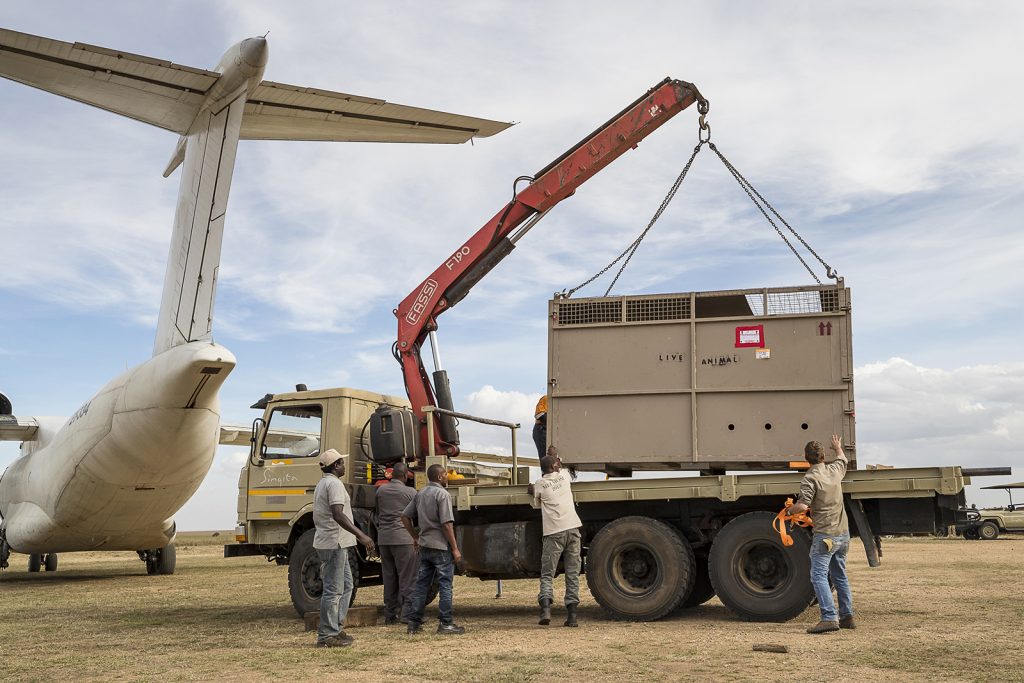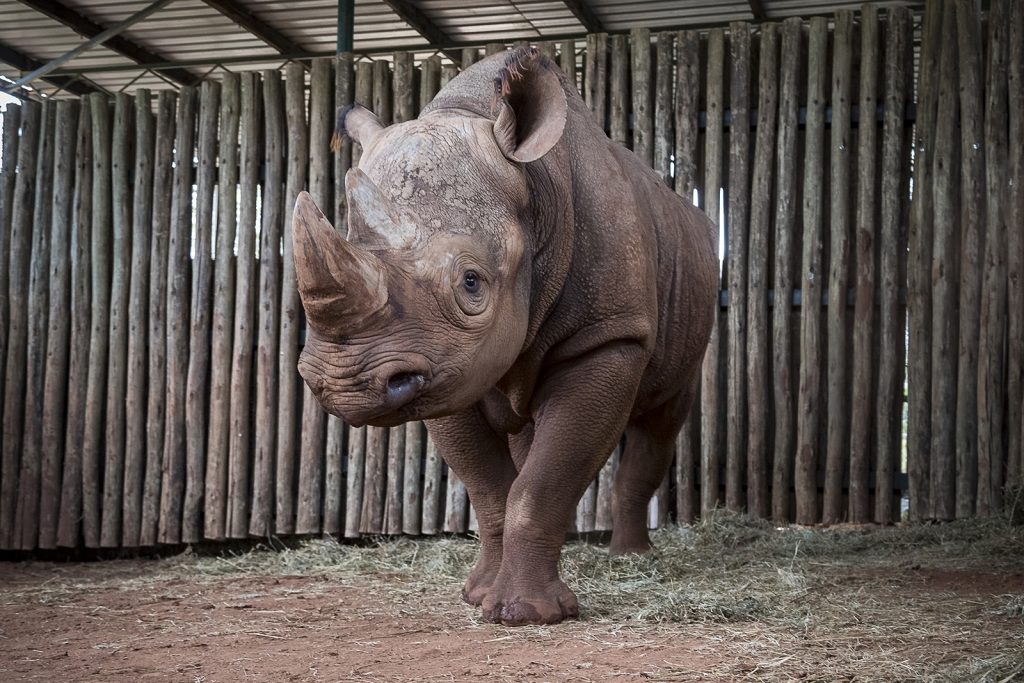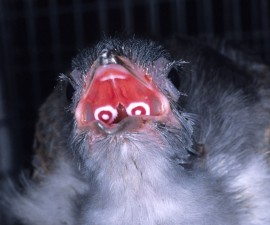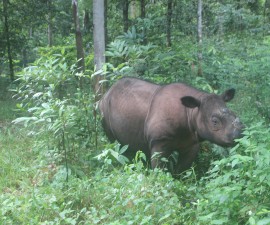Eric, an 8-year-old male East African black rhino from the San Diego Zoo Safari Park, is now a resident of Tanzania. The rhino was gifted to the government and the people of the United Republic of Tanzania to promote breeding of the critically endangered black rhino within the greater Serengeti ecosystem. He will be cared for and reside at Singita Grumeti, a 350,000-acre private concession, which is working with the Tanzanian Wildlife Management Authority and Tanzanian Wildlife Research Institute to conserve wildlife and, in this project, to boost the local population of black rhino in their native habitat.
The 2,550-pound rhino was transported in his crate by cargo plane from Los Angeles to Serengeti National Park Airport, accompanied by animal care staff from both the San Diego Zoo Safari Park and Singita Grumeti. Eric’s animal care team reported that he did very well during the transport.
“Our months of preparation for Eric’s travel prepared him very well, and the transport could have not gone any better,” said Steve Metzler, Henshaw curator of mammals, San Diego Zoo Safari Park. “He was eating well along the journey, and he has arrived safely and settled in very quickly. I couldn’t have asked for a better outcome.”
Upon his arrival in Tanzania, Eric was loaded onto a flatbed truck and driven to his new home at Singita Grumeti. The animal care staff at Singita Grumeti will work to acclimate Eric to his new surroundings in stages, using positive reinforcement. If all goes well, he will be introduced within two to three months to a female rhino named Laikipia, who needs a mate. The two will share a 682-acre proactively managed Rhino Intensive Protection Zone.

“There is a lot of excitement and anticipation for what Eric’s arrival means for rhino conservation in Tanzania,” stated Stephen Cunliffe, executive director, Singita Grumeti Fund. “He will be slowly acclimated to his new surroundings, and we hope within 12 to 18 months he will be a wild, free-ranging black rhino.”
Eric was born at the Safari Park in 2010. His genes are well represented in the population of black rhinos managed in North America by zoos, so he would not be able to breed in the U.S. Eric was identified as a good candidate for translocation to Singita Grumeti by the Species Survival Plan (SSP), a species management program of the U.S.-based Association of Zoos and Aquariums (AZA) that is designed to ensure healthy, genetically diverse populations of endangered and threatened species. Black rhino are also one of 19 species that are part of SAFE: Saving Animals From Extinction®, the AZA’s signature conservation program.
For several months, animal care staff at the Safari Park prepared Eric for the move. They gradually trained the rhino, through positive reinforcement, to be comfortable in his travel crate, and began changing his diet from pellets, hay and produce to leaves from bushes and trees—what he will be eating in the wild.

At the Safari Park, Eric shared a habitat with African animals such as cape buffalo, antelope, ostriches and giraffes. When he is introduced into his wild habitat in Tanzania, he will learn to live with other animals, such as elephants and zebras. Eric will be monitored with a tracking device throughout his Rhino Intensive Protection Zone habitat, which is protected by numerous security measures, including elite anti-poaching game scouts, a canine unit, high-lying observation posts and intelligence gathering units.
Once plentiful in eastern and southern Africa, the black rhino has been decimated by poaching. There are now fewer than 5,000 black rhinos remaining on Earth—and only 740 eastern black rhinos, like Eric. Currently, it is estimated there are approximately 50 to 100 black rhinos in the Serengeti ecosystem. Black rhinos are an important part of the African ecosystem, supporting a number of other species through their effect on their habitat.





